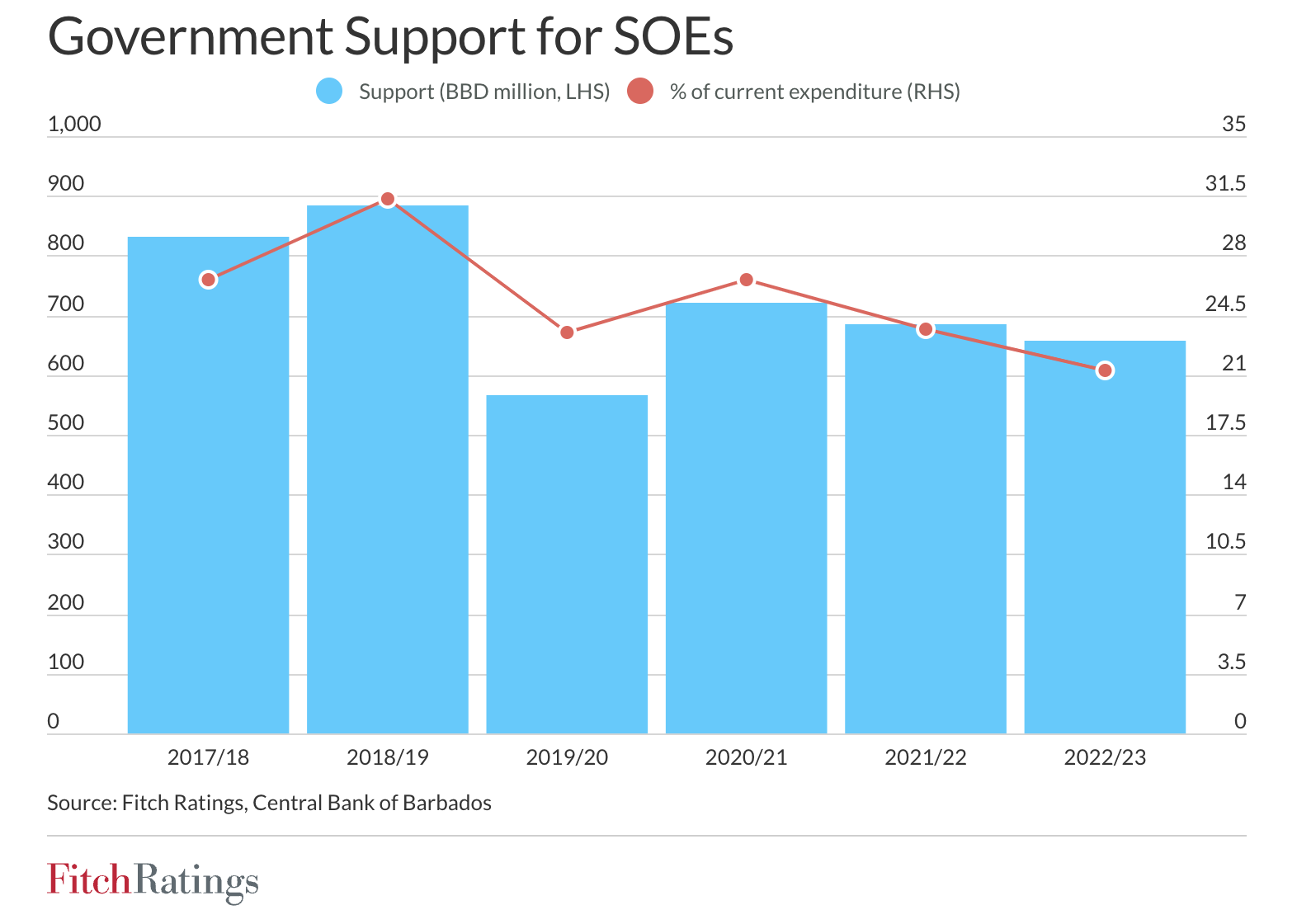Thanks to GoWEB Caribbean for sending the images.
Recently we witnessed the spectacular but scary pictures of an American Airlines flight broken into pieces like a child would a stick of macaroni. According to other news American Airlines has suffered two other mishaps although not as serious as AA Flight 311.
Should would be passengers be concerned? AA is a major carrier in the Caribbean for inbound and outbound traffic.




The blogmaster invites you to join the discussion.